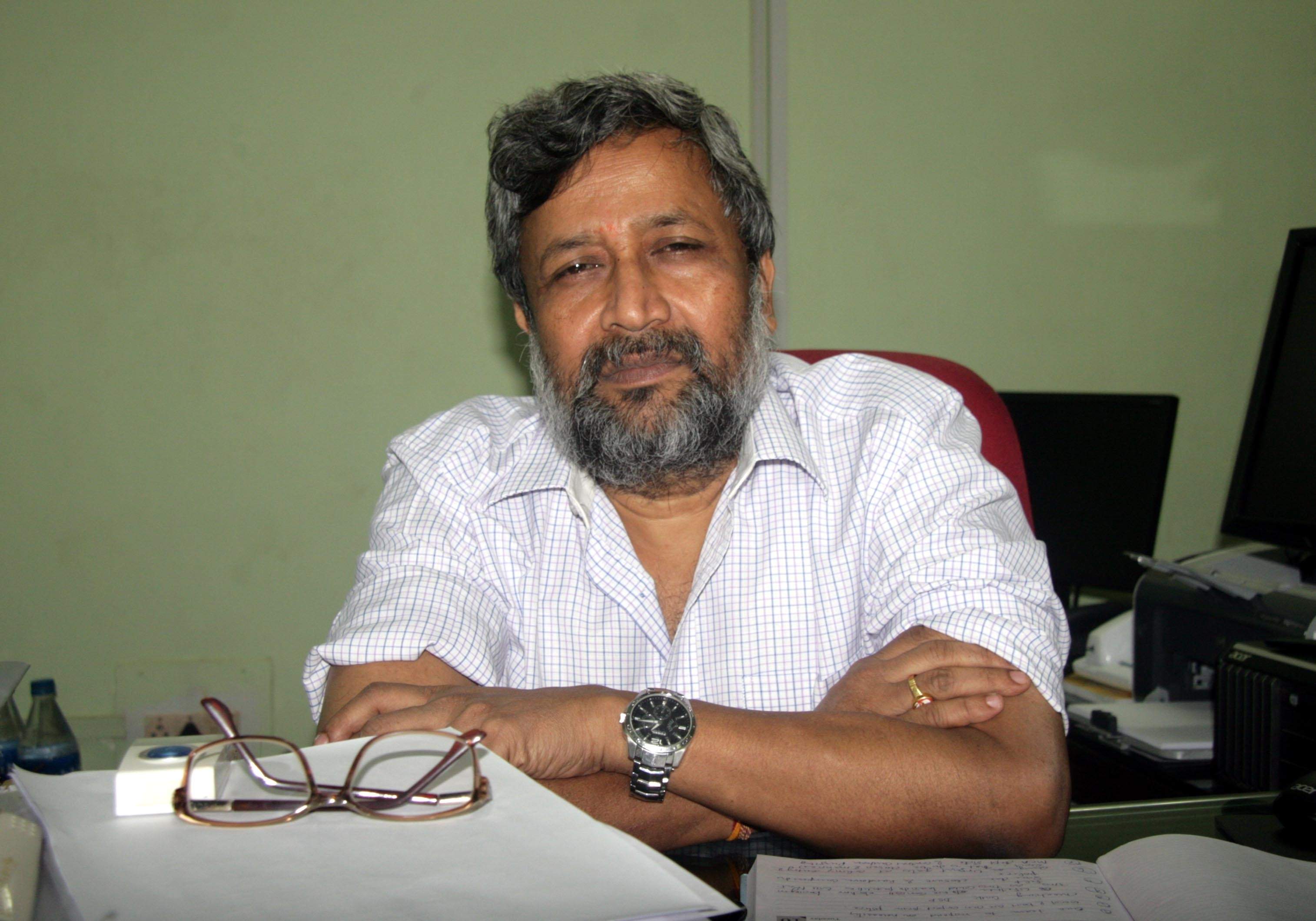‘Model Syllabus For Odisha UG Courses Will Prepare Students For Job Market’

Education in India is witnessing a paradigm shift. If improving the gross enrollment ratio was the priority post-Independence, educationists and policy makers are now majorly focusing on raising the quality of learning. The higher education sector, in particular, is witnessing systematic reforms to address market requirements and the aspirations of 21st century India.
In an interaction with Odisha Bytes, Vice Chairman of Odisha Higher Education Council, Prof Ashok Das talks at a length about the major reforms they have proposed for the coming years. On the cards is a model syllabus for the undergraduate programme, introduction of multiple-choice questions, a common entrance at the PG level and a question bank. Excerpts:
Q. There are talks of a model syllabus. What would it be like?
A. The UGC syllabus had identified 100-200 books per subject, which a poor student cannot afford. Libraries in Odisha are not well equipped either. We also found that across universities and autonomous colleges, syllabus dilution had become rampant. Hence we have come up with the model syllabus. It has been simplified into four units; two textbooks and references. We have also introduced some of the skill sets in the syllabus which are lacking among students in Odisha. The model syllabus is oriented towards finally changing the examination system. It has been sent to all the universities for their suggestions.
Q. Can you elaborate on the skill sets part?
A. One of the underlying aspects of the model syllabus is polishing the skill sets of the students and preparing them for the job market. These include communication skills, logical and quantitative reasoning.
Q. What would be the question pattern like under the new examination system?
A. We are trying to create an examination system which emphasizes on conceptualisation, understanding and problem-solving capabilities as recommended by NCERT. The papers will comprise very short questions, short questions, medium-range and long questions. So there will be four grades of questions and this pattern can be introduced from next year. The objective is to ensure that the child is well prepared and cannot afford to leave anything in the curriculum.
Q. You have talked about the introduction of technology in the examination system. Can you elaborate on this?
A. In the next four-five years, we will have a repository of a digital question bank. Today, there is a chaotic situation because of the delay in question setting, evaluation, etc. We will go for automation in all these departments. We plan to create a bank of 5000-10,000 questions. The questions will be selected through a random access computer programme.
Q. Will there be independent groups preparing the questions?
A. The questions will be prepared by one group, evaluated by another group and then vetted and stored by another group in a digital vault. The vault will have confidential access. It will be a centralised vault and could be operated by one of the state universities.
Q. There are talks about a common entrance at the PG level. Can you share some details?
A. We are planning an entrance test at the post-graduate level. All universities are conducting their own entrance tests, forcing students to apply at 10 different places. What we have suggested to the universities and accepted by them is that there will be a common entrance-based examination and a common merit list. Universities will be free to decide their own admission policy. We will not interfere in their autonomy.

Comments are closed.